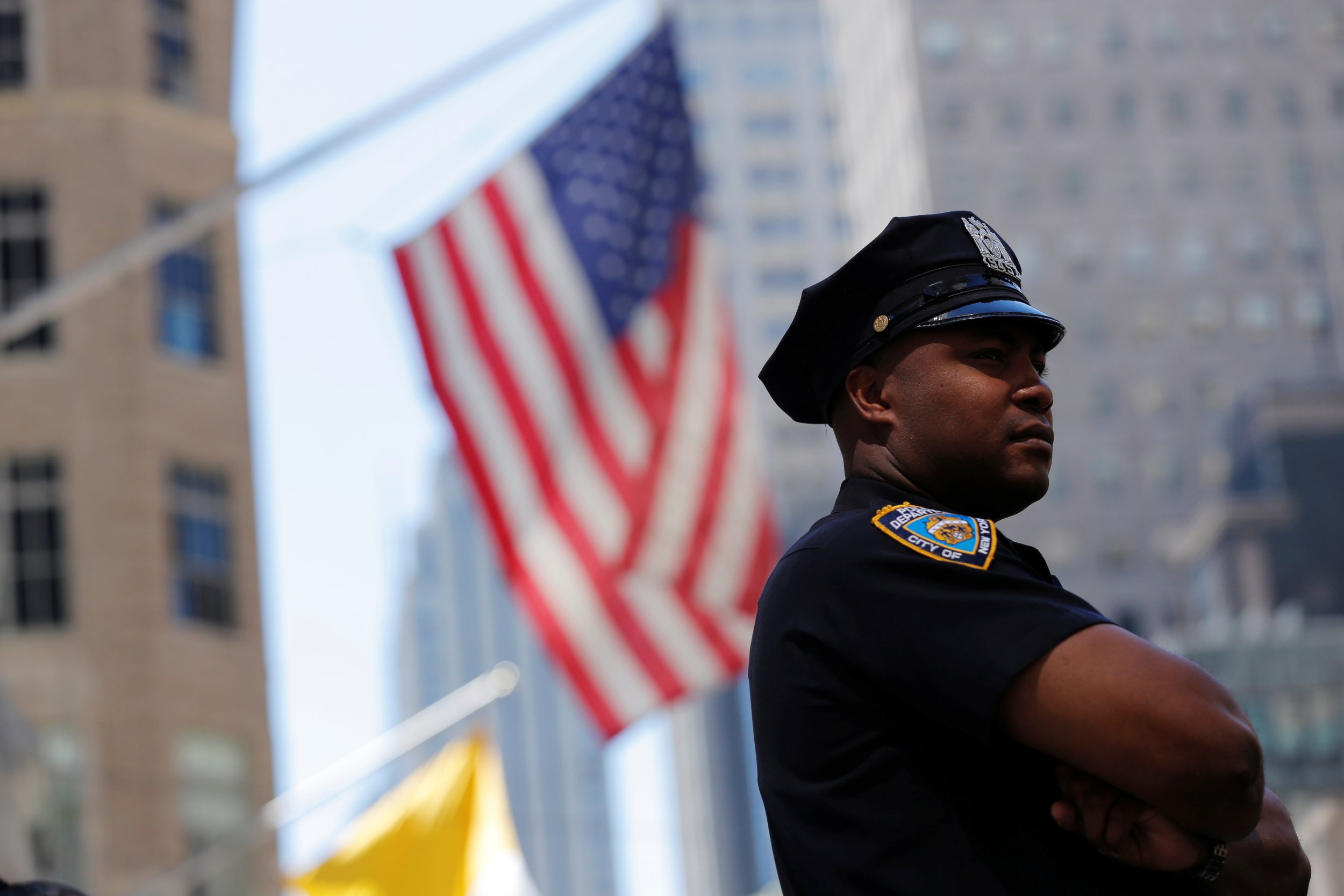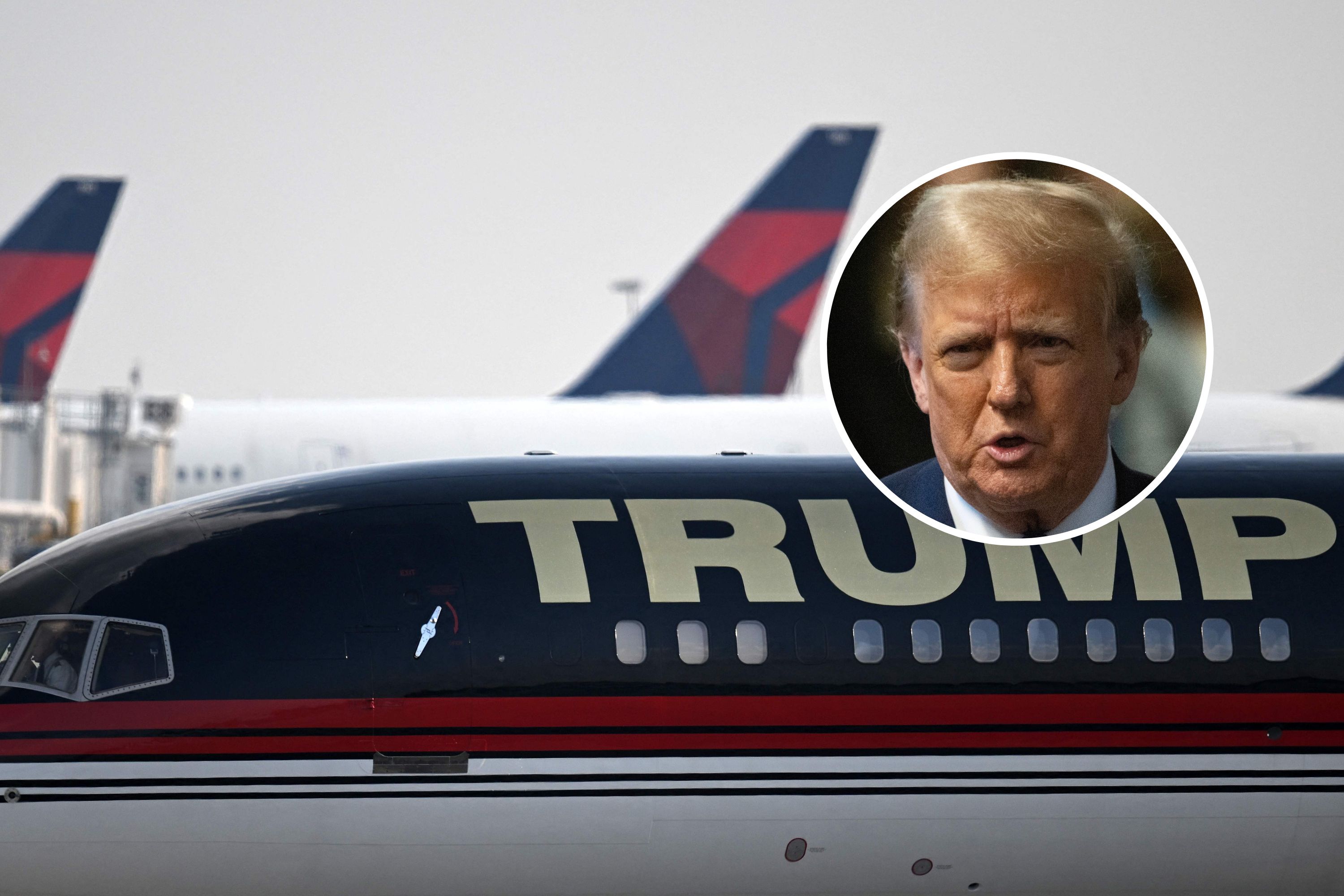
This article was first published on the Cato Institute site.
Donald Trump keeps insisting we live in dangerous times. "I don't think America is a safe place for Americans," he said earlier this year.
And most Americans agree with him. In June, 71 percent of Americans said they expected further terrorist attacks in the United States over the next several weeks. And 53 percent recently said they worry a great deal about crime, while 70 percent believe there is more crime in the United States than there was a year ago.
It may have been smart politics for Trump to use Make America Safe Again as the theme for the opening day of the Republican National Convention. The facts, however, suggest Americans are already quite safe.
Take crime, for example. The statistics suggest that the public has it entirely backward.
In 2013 and 2014, Americans experienced their safest years on record. The murder rate per hundred thousand was 4.5, well below half of what it was at its worst point in the 1980s and early 1990s, lower even than the murder rate in 1963, the previous safest year on record.
The numbers are nearly identical for other types of violent crime. According to the FBI's crime statistics, the past five years have been the safest of the past half-century.
Terrorism is another case where the numbers don't support the heightened level of fear. The attacks in San Bernardino, California, and Orlando, Florida, certainly set people on edge, but Americans have a better chance of being killed by lightning or drowning in their own bathtubs than being killed by a terrorist.
Over the past two decades, the tragic attacks of 9/11 included, Muslim extremists were responsible for less than 1 percent of murders in the United States. And in the past 10 years, that number has dropped substantially, with radical Islamists responsible for less than one-tenth of 1 percent of the killings in America.
Why, then, are Americans so afraid?
The most obvious answer comes in the daily news. Thanks to its tendency to amplify the most sensational crimes, news coverage helps ensure that public perceptions of crime are out of sync with reality.
This is especially true for coverage of terrorist attacks or attempted ones, which rarely provides news consumers with any sense of perspective about the relatively minor threat of terrorism.
But even more important in stoking public fears today are irresponsible political leaders. This is an area where our politicians can and should lead.
They can point to the facts and remind Americans that we are safe. They can assure Americans that we can be both safe and on guard to the threat posed by the Islamic State (ISIS) and militant groups like them. But instead of helping the public see beyond their fear and anger, they have added to a sense of panic for political purposes.
Donald Trump's recent speech in Ohio, which combined exaggerated figures about terrorist attacks with apocalyptic language, was a perfect example of this problem. Anyone listening to Trump would believe that ISIS represented an existential threat to the United States.
Worse, when the news media cover Trump, they give him a powerful soapbox to spread fear. Lost in the noise is the fact that it was lone wolves, not organized groups, who conducted the recent attacks in the United States.
Too much fear has the ability to cloud people's senses, eroding their ability to conduct rational debate and warping their decision-making. The effects can already be seen not only in the irrational levels of fear about ISIS and terrorism but in the surprising levels of support for Trump's extreme policy proposals.
Without fear it is otherwise hard to explain how 50 percent of the public supports a ban on Muslim immigrants, 48 percent support building a wall on the Mexico border, and 44 percent support the idea of creating a database containing the names of Muslims living in the United States.
Such policies, born from fear and emotion, may make people feel better in the short term, but they clearly risk trampling on the values embodied in the Constitution.
Fear is no way to run a country. No threat should be taken for granted, but neither should threats be inflated or manipulated. And today the facts support one conclusion: Americans are safe.
Trevor Thrall is a senior fellow for the Cato Institute's Defense and Foreign Policy Department. He is an associate professor at George Mason University's School of Policy, Government, and International Affairs. He recently edited American Foreign Policy and the Politics of Fear: Threat Inflation Since 9/11 (Routledge 2009), examining why and how the Bush administration was able to build public support for the war in Iraq in 2003. The companion volume, Why Did the United States Invade Iraq? (Routledge 2011), collects competing explanations about why the administration decided to go to war in the first place.
Erik Goepner is retired from the Air Force, having commanded units in Iraq and Afghanistan. He is a doctoral student in public policy at George Mason University.
Uncommon Knowledge
Newsweek is committed to challenging conventional wisdom and finding connections in the search for common ground.
Newsweek is committed to challenging conventional wisdom and finding connections in the search for common ground.
About the writer
To read how Newsweek uses AI as a newsroom tool, Click here.








